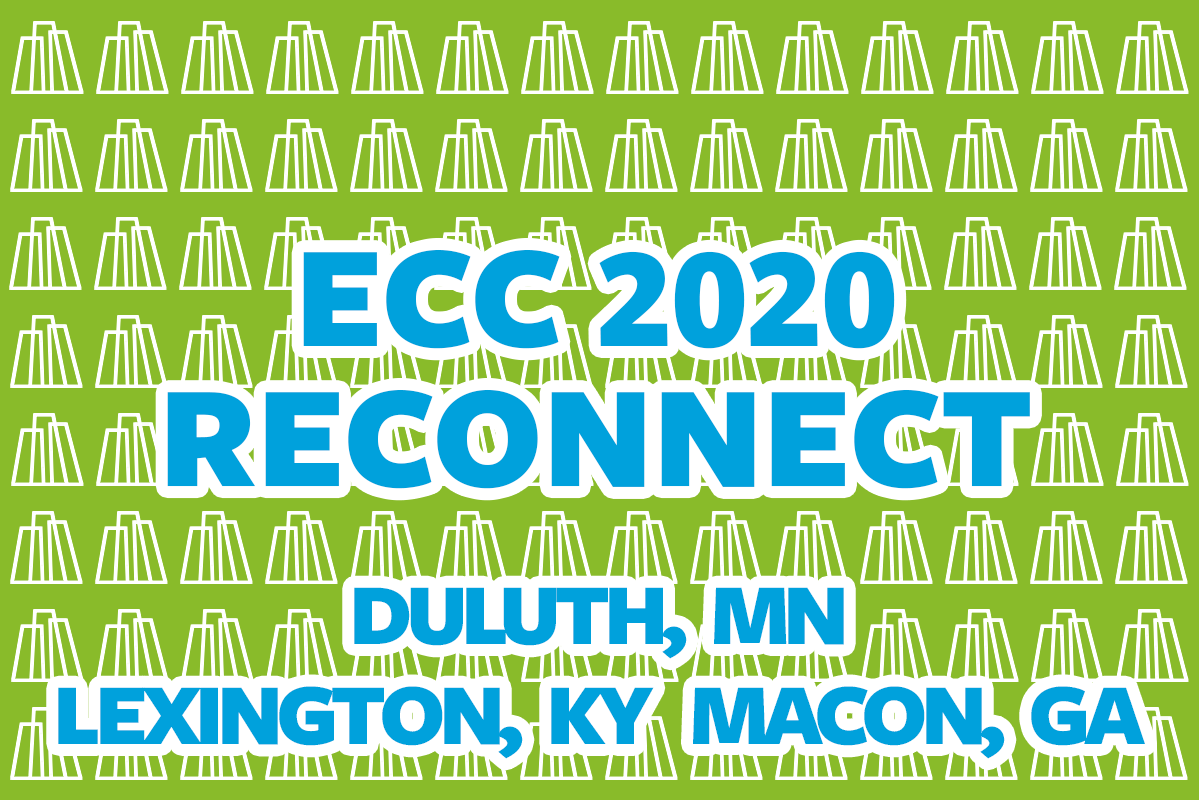
24 Mar ECC 2020 Reconnect: What Are Anna, Jordan and Weston Up To?
Emerging City Champions (ECC) is a fellowship program led by 8 80 Cities. ECC provides young civic innovators with leadership training and $5,000 in seed funding to launch transformative projects to enhance public space, urban mobility or civic engagement in their city.
This year’s fellowship has overcome more over the last six months than any other over the past six years. In early 2020, the UN recognized COVID-19 as a worldwide pandemic. This shift in how we organized and operated changed dramatically. By the time we virtually met our 20 young leaders from across the United States, we already knew this situation, the world’s situation would create a lifetime bond for all of us.
We are happy to share their achievements in their first six months of implementing their projects. Despite the challenges of the times we are living in, they have strived to continue pushing forward. This is a testament to their endurance. We are so proud of their accomplishments.
ECC is powered by 8 80 Cities and supported by the John S. and James L. Knight Foundation. Visit emergingcitychampions.org for more.
Jordan van der Hagen
Highway 61 Revisited
Duluth, MN
 Jordan van der Hagen is an urban designer from Duluth, Minnesota and works in the field of landscape architecture. He is passionate about community-driven creative problem solving within the built environment and spends much of his free time brainstorming along those lines. He is an advocate for equitable and multimodal transportation options and participates in a number of local groups engaging in this work. He is especially interested in using graphic communications as a means of exciting and engaging people in the design process.
Jordan van der Hagen is an urban designer from Duluth, Minnesota and works in the field of landscape architecture. He is passionate about community-driven creative problem solving within the built environment and spends much of his free time brainstorming along those lines. He is an advocate for equitable and multimodal transportation options and participates in a number of local groups engaging in this work. He is especially interested in using graphic communications as a means of exciting and engaging people in the design process.
Jordan’s ECC project is Highway 61 Revisited, an urban design concept which reimagines the city of Duluth without Interstate 35, which serves as a major infrastructure barrier within the communities downtown waterfront. The project isn’t just a static idea but provides an example of a “living concept” that adapts, updates, and reconfigures itself as members of the community provide ideas and feedback. Currently, on its third iteration, the project’s strength has come from its ability to get people excited about the future of our city by showing them what is possible.
While the ultimate goal of removing or retrofitting Interstate 35 was never intended to be accomplished within the year of the ECC program, it gave the project a jump-start which is starting to see results in the community. The City of Duluth recently expressed an interest in seeking out funding to do preliminary planning related to overcoming the barrier created by I-35, allowing some of the explorations of the project to shift from its grassroots form to a more official forum. At the national level, new legislation is being proposed to help communities do just this, allowing jurisdictions at various levels to fund engagement, planning, and construction for projects that overcome infrastructure barriers.
The project has given people in the community a place to dream and think out loud about the future of our city’s downtown area. Monthly virtual community engagement sessions in which broad members of the public meet under the guise of the Duluth Waterfront Collective have been largely successful. Membership has grown from what was initially a small group of planners and designers to include environmentalists, artists, accessibility advocates, transportation nerds, business owners, economic developers, college students, and various stakeholders including the City of Duluth, the local metropolitan planning office, and the Minnesota Department of Transportation.

The ability of public spaces to bring together people of diverse backgrounds is something our cities will need to embrace post-pandemic. In a time when people have been especially separated, whether by social distancing, political division, or any other means, we will need more reasons for people to come together, and investing in projects that convert infrastructure barriers that keep people apart into spaces for people to gather as a community is a symbolic and real way to make that happen. It will take much more time, effort, and resources to create these sort of spaces where today Duluth’s Interstate 35 lies, but the sense of community that has come from just thinking about it has been refreshing, inspiring, and gratifying.
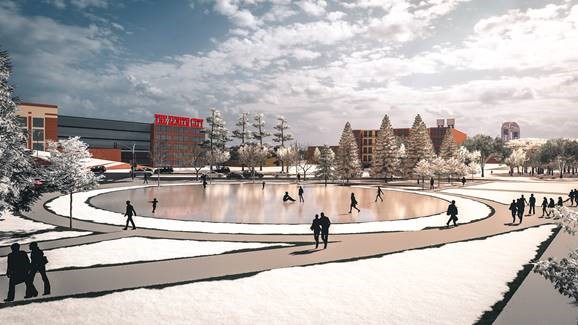
You can learn more about Highway 61 Revisited and the Duluth Waterfront Collective at www.highway61duluth.com
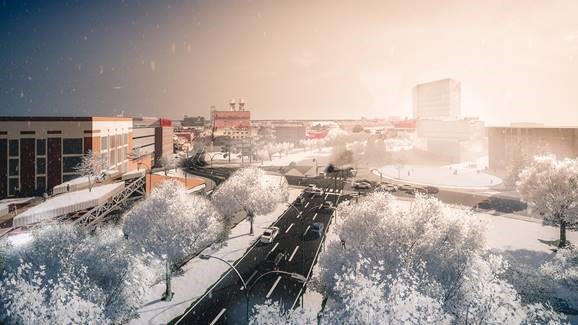
Anna Campomanes
Muzineum
Lexington, KY
 Anna Campomanes is a woman of many intertwining passions in art, nature, plants, and people. She is an endless schemer bringing these elements together which is probably why she was chosen to be an Emerging City Champion! She has a unique ability to listen first and then mould her materials into forms that both honor and heighten their natural beauty. Simultaneously earthy and ephemeral, her work is born of a deep understanding of her medium, principled collaboration, and that little spark that cannot be spoken, yielding works that captivate on all levels. Simply said, she is a true artist. Genuine, authentic, and skilled, peppered with professionalism and (amazingly) humility.
Anna Campomanes is a woman of many intertwining passions in art, nature, plants, and people. She is an endless schemer bringing these elements together which is probably why she was chosen to be an Emerging City Champion! She has a unique ability to listen first and then mould her materials into forms that both honor and heighten their natural beauty. Simultaneously earthy and ephemeral, her work is born of a deep understanding of her medium, principled collaboration, and that little spark that cannot be spoken, yielding works that captivate on all levels. Simply said, she is a true artist. Genuine, authentic, and skilled, peppered with professionalism and (amazingly) humility.
Her initial ECC project idea was to create a pop-up museum project that recruited curators from the community to create exhibits. Because of the pandemic, the project has shifted from a gathering place to a publishing space called the Muzineum. This pivot still values community curators but instead of an exhibit format, it is in a publishing format.
What is a zine? A zine is a DIY publication! Zines are often printed from easily accessible printers and copiers. The subject matter is often too niche or controversial for conventional publication. They come in all shapes, sizes, and designs, and are usually published out of love, rather than for profit.
The project officially launched in February 2021 on its website, Instagram (@themuzineum) and on Facebook (@themuzineum).
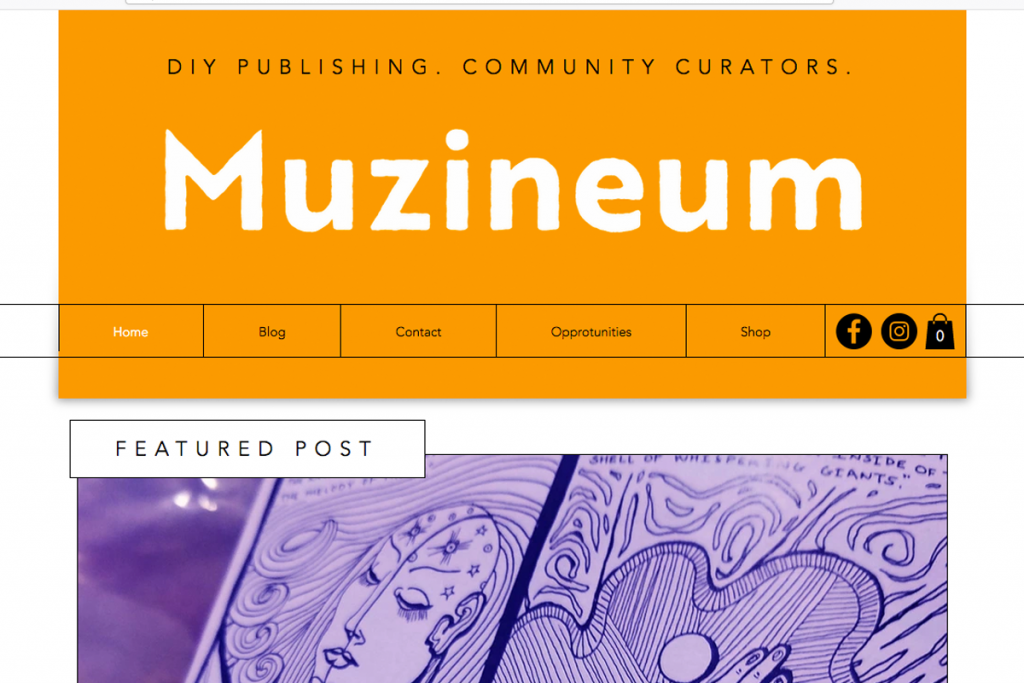
Curated by Anna herself, the pilot publication is a collaborative zine called Pandemic Still Life: Images and Words from Lexington, KY. Four Community Curators were asked to compose a still life with objects significant to them during the pandemic, take photos and compose a piece of writing. This content is then compiled into a zine and printed! The zine is available, at the time of this publication, for pre-sale here. Community Creators were given a stipend from the ECC grant as well as receiving proceeds from zine and print sales.
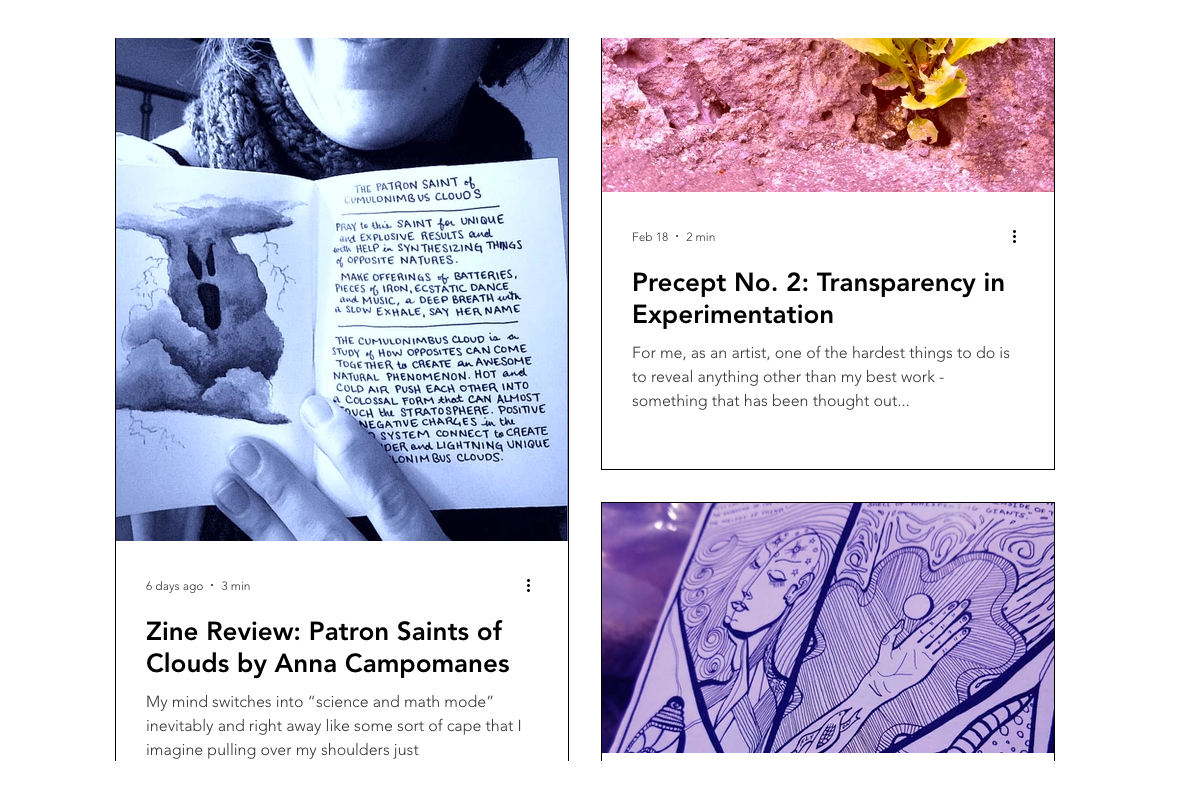
Major challenges are certainly ones that we all have been facing living in the death throes of the dying American Imperial Empire, the horrifying effects of late-stage capitalism and the anticipation of the upcoming climate catastrophe. The major successes are still having faith in community, the ever-present evidence of the resilience of the human spirit and the knowledge that we just but a speck in the universe.
“The next steps of the Muzineum are very exciting. We anticipate at least two more publications in the upcoming months, more content uploaded to Instagram and our blog, at least one radio appearance and an openness to new opportunities”, shares Anna.
Weston Hamilton Stroud
Roxy Park
Macon, GA
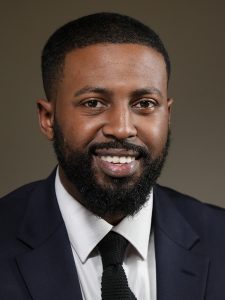
Weston Hamilton Stroud is a Transit Planner for the Macon-Bibb County Transit Authority. He has either lived in or attended school in Macon Georgia most of his life. Weston got the chance to go to SUNY College of Environmental Science and Forestry (ESF), the oldest and largest college in the United States devoted solely to the study of the environment. Upon graduation, he felt a calling to change the environment he had loved as a child, Macon.
His ECC project is to create a food truck park. The Roxy Park Food Truck park started out as a restorative effort to empower the community of Greenwood Bottom a historically black community. Though there have been numerous obstacles the project is still on track to be completed.
In September 2020 there was a consistent amount of press coverage of the park from Ron Wildman in Middle Ga spotlight to the Atlanta Journal Constitution. On November 7th, 2020 they had their first official community clean-up. The turnout was light due to weather conditions. They saw about 15-20 people come out and help. On December 5th and 6th 2020, they had a second community clean up but then they added a build shop and celebration. They collaborated with Bike Walk Macon and Storytellers Macon. This event saw over 60 volunteers that signed in and help clean the area and built an outdoor stage that day. There was a storyteller’s portion of the event that allowed the residents the opportunity to tell their story from a firsthand account. They spoke about the liveliness of the area and they also spoke about the historic marginalization practices that took place when grants and business loans became available.
The Roxy Park team also had a recording crew from the New Georgia Project come out and record a commercial to encourage Georgia voters to go out and vote in the runoff election between Raphael Warnock and Kelly Loeffler.
The 3 biggest challenges Weston has faced are patience, community skepticism, and money. “It is easy for me to become impatient when people in the community are depending on me to follow through with the things that I have said so it takes a conscious effort by me to contain my anxiety to get what I said done”, said Stroud.
The Greenwood Bottom Community has seen so much happen around them that many people though excited about the possibility of change are reluctant to believe it can be done. As Weston and other people come around more and more, he has seen the skeptics become advocates. “Money is not a challenge for me, but it has been a challenge for this project because people in the area have been marginalized out of opportunities to get funding or grants, so they feel that those reparative actions need to take place to have a genuine conversation about progress. The conversations around money are tough to navigate but they are mandatory questions that should be raised”, he shared.
The first major success of this project is Brand Harris an owner of Harrell’s and Son’s Barbershop which stands proudly as the oldest and only surviving business from the Greenwood Bottom era and to this day is still black-owned bought a small retail strip in the Greenwood Bottom community to create a mixed retail shopping center. Another positive, Macon-Bibb Economic Opportunity Council is relocating their Teen Parent Resource Center to the area “so for me I can promise my Food Truck vendors that they can expect a certain amount of foot traffic which will push the value of the vendor rental space for me.”
One of the most fulfilling success stories was having Historic Macon Foundation, a local historic preservation development nonprofit, reach out to Weston to help them get in contact with the owners of the Roxy Theater so the site could be added to The National Register of Historic Places.
Since the installation of the mural, Weston has continued to work with the community to prepare for grants that are available locally to activate the area. “We are currently putting together a neighborhood association to begin organizing as a collective around the issues that impact the community the most. The next major community event planned will be on May 31st to install BLM mural which will be a collaborative effort between Historic Macon, Knight Foundation, and the Greenwood Bottom Community. In the meantime, I have and will continue building outdoor furniture prepping the area for the food truck park planned to open this summer!”
Follow his work on Instagram @weston_h_stroud, and Facebook @Weston Hamilton Stroud

